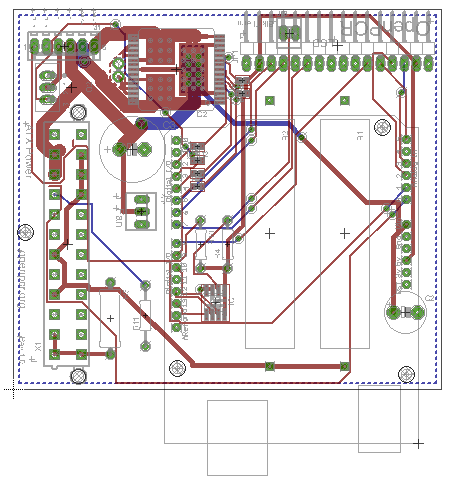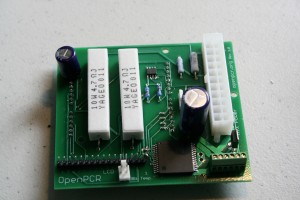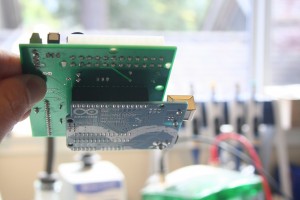It’s been way too long since the last post, so wanted to give everyone an update on the project, and where things are going.
First, despite not having a lot of updates on the blog :), I am amazed at the usage growth in OpenPCRs. I think things have gotten to the point where many people are encountering OpenPCRs in other peoples’ labs, hearing that they work, and then wanting their own.
I am also extremely pleased that it is increasingly used in education. For example, Arizona State University used 16 OpenPCRs in a Biomedical Engineering class, where students used them in conjunction with a fluorimeter to amplify and detect DNA. Even better, each group of students then designed and documented their ideas for improvements in the OpenPCR. It was great seeing the open source/kit nature of the OpenPCR being integrated into the class, rather than having a thermalcycler be simply a black box.
One thing we have learned over the course of the OpenPCR project is that despite many of their great attributes, open source projects are not necessarily the best way to manufacture and deliver physical products, and in days past kit orders were plagued with production delays. So I am pleased that Chai has taken on the physical manufacturing and distribution of kits. This has resulted in simple improvements, such as consistent shipping within 1 business day, cheaper international shipping with faster customs clearance (about 50% of OpenPCRs ship internationally), and more reliable sourcing of components. While these details are certainly unglamorous, they are truly important in getting more OpenPCRs into the wild, and thus more users of this project. Chai will also help sponsor and fund further work on the OpenPCR project.
So with the original design complete and kits being delivered, what is the future of the project? Certainly improved version(s) of the machine can be made, and this is likely to happen. But I’d also like for the OpenPCR project to be not just about PCR machine kits, but to more generally be about openness in PCR, including for example protocols, reagents, and open source analysis software. Look for more developments here in the months to come.




